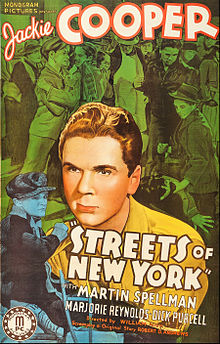
The Saint Valentine's Day Massacre was the murder of seven members and associates of Chicago's North Side Gang on Saint Valentine's Day 1929. The men were gathered at a Lincoln Park, Chicago, garage on the morning of February 14, 1929. They were lined up against a wall and shot by four unknown assailants, two of whom were disguised as police officers.
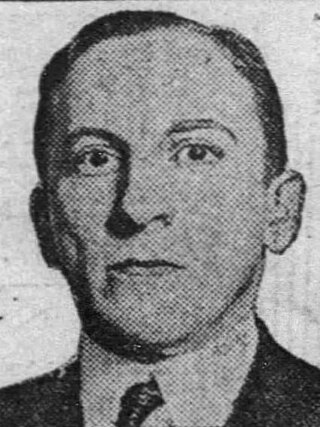
Arnold Rothstein, nicknamed "The Brain", was an American racketeer, crime boss, businessman, and gambler who became a kingpin of the Jewish Mob in New York City. Rothstein was widely reputed to have organized corruption in professional athletics, including conspiring to fix the 1919 World Series. He was also a mentor of future crime bosses Lucky Luciano, Meyer Lansky, Frank Costello, Bugsy Siegel, and numerous others.
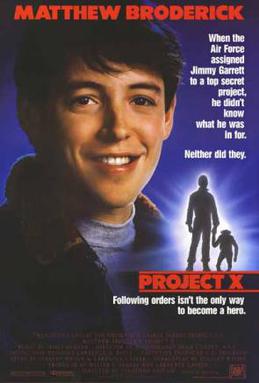
Project X is a 1987 American science fiction comedy-drama film produced by Walter F. Parkes and Lawrence Lasker, directed by Jonathan Kaplan, and starring Matthew Broderick and Helen Hunt. The plot revolves around a USAF Airman (Broderick) and a graduate student (Hunt) who are assigned to care for chimpanzees used in a secret Air Force project.

To Sir, with Love II is a 1996 American television film directed by Peter Bogdanovich. A sequel to the 1967 British film To Sir, with Love, it stars Sidney Poitier reprising the role of Mark Thackeray. The film premiered on April 7, 1996 on CBS. Like the first film, it deals with social issues in an inner city school.

Max Zweifach also known as "Kid Twist" and occasionally referred to as Zwerbach was an American gangster active in the early 1900s.
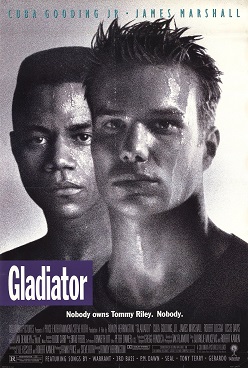
Gladiator is a 1992 American sports drama film directed by Rowdy Herrington, and starring Cuba Gooding Jr., James Marshall, Brian Dennehy, and Robert Loggia. The film tells the story of two teenagers trapped in the world of illegal underground boxing. One is fighting to pay off gambling debts accumulated by his father. The second is fighting for the money to get out of the ghetto. While being exploited by a boxing promoter, the two teens become friends.
Abe Bernstein was a Detroit-based Jewish-American organized crime figure and leader of the infamous Prohibition-era Purple Gang.
Bruce Alfred Johnston Sr. was the leader of one of the most notorious gangs in the history of Pennsylvania, U.S. The gang started in the 1960s and was rounded up in 1978 after his son, Bruce Jr., testified against him. The 1986 film At Close Range is based on Johnston's gang.

The Dillinger Gang was a group of American Depression-era bank robbers led by John Dillinger. The gang gained notoriety for a successful string of bank robberies, using modern tools and tactics, in the Midwestern United States from September 1933 to July 1934. During this crime spree, the gang killed 10 and wounded 7. They managed to pull off three jail breaks which wounded two guards and killed a sheriff.
Edward George Connors, also known as "The Bulldog", was an American associate of the Winter Hill Gang and successful bar owner in Savin Hill.
Max "Big Maxie" Greenberg (1883–1933) was an American bootlegger and organized crime figure in Detroit, Michigan, and later a member of Egan's Rats in St. Louis. He oversaw the purchasing of sacramental wine from Orthodox rabbis, then allowed under the Volstead Act, which were sold to bootleggers in the St. Louis–Kansas City, Missouri area during Prohibition. He was also associated with mobsters in this particular method of acquiring illegal liquor including Waxey Gordon, Meyer Lansky and Arnold Rothstein.
The Bottoms Gang was an American street gang in St. Louis, Missouri during the early 20th century. Their main criminal activities included voter intimidation, armed robbery, assault, illegal lottery, and murder. The gang's members were primarily Irish-American, with a handful of German and Missouri Creole members. The Bottoms Gang had a meteoric rise and fall in St. Louis's underworld. They feuded with the larger Egan's Rats gang and became notorious for going out of their way to attack members of the St. Louis Police Department. They made up for their lack of numbers with extreme violence. Crippled by arrests and murders, the Bottoms Gang had ceased to exist by the time America entered World War I.
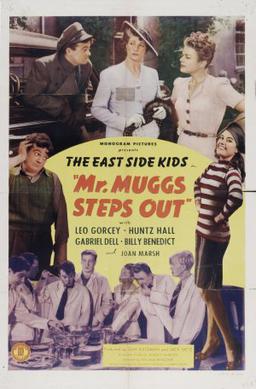
Mr. Muggs Steps Out is a 1943 American comedy film directed by William Beaudine and starring The East Side Kids.

The Doorway to Hell is a 1930 American pre-Code crime film directed by Archie Mayo and starring Lew Ayres and James Cagney in his second film role. The film was based on the story A Handful of Clouds, written by Rowland Brown. The film's title was typical of the sensationalistic titles of many Pre-Code films. It was marketed with the tagline "The picture Gangland defied Hollywood to make!"

The Purple Gang, also known as the Sugar House Gang, was a criminal mob of bootleggers and hijackers composed predominantly of Jewish gangsters. They operated in Detroit, Michigan, during the 1920s of the Prohibition era and came to be Detroit's dominant criminal gang. Excessive violence and infighting caused the gang to destroy itself in the 1930s.

Abraham Lincoln: Vampire Hunter is a 2012 American action horror film directed by Timur Bekmambetov and based on the novel of the same name by Seth Grahame-Smith, depicting a fictionalized history of the American Civil War with the eponymous 16th president of the United States reimagined as having a secret identity as a lifelong vampire hunter fighting against a caste of vampiric slave owners. Benjamin Walker stars as Abraham Lincoln with supporting roles by Dominic Cooper, Anthony Mackie, Mary Elizabeth Winstead, Rufus Sewell, and Marton Csokas.
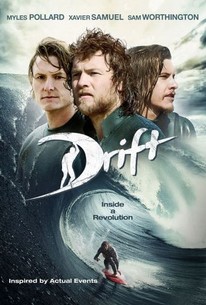
Drift is a 2013 Australian surf film co-directed by Morgan O'Neill and Ben Nott based on the birth of the surfing industry in the 1970s. It was shot in Western Australia and stars Sam Worthington, Xavier Samuel, and Myles Pollard.

The Black Dakotas is a 1954 American Technicolor Western spy film directed by Ray Nazarro and produced by Columbia Pictures. Set during the American Civil War and filmed at the Iverson Movie Ranch, the film stars Gary Merrill as a cold-blooded secret agent using the war for his own ends. It also stars Wanda Hendrix and John Bromfield. The film features The Lone Ranger television series Jay Silverheels and Clayton Moore in separate roles as well as Richard Webb of Captain Midnight.

The Ridiculous 6 is a 2015 American Western action comedy film directed by Frank Coraci and written by Tim Herlihy and Adam Sandler, and starring Sandler, Terry Crews, Jorge Garcia, Taylor Lautner, Rob Schneider, and Luke Wilson. As Happy Madison Productions' first Western film, the plot follows six men who discover that they share the same bank-robbing father and thereafter set out to reunite with him.
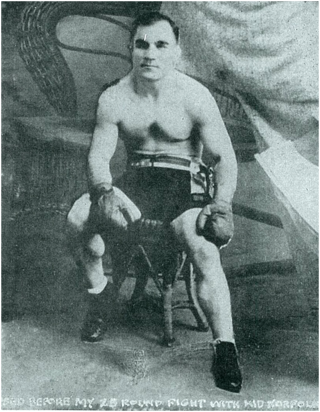
Abe "The Newsboy" Hollandersky was an American professional boxer who won the Panamanian national Heavyweight Title when he defeated Californian Jack Ortega in nine rounds in Panama City on May 30, 1913. American congressmen, Naval personnel, and canal workers were among the crowd of nearly two thousand who watched Hollandersky gain victory over an opponent who outweighed him by over thirty-five pounds. The New York Times announced Hollandersky's best known win the following morning.
